Alaïa Summer Fall 2025 Collection
With Summer-Fall 2025, Pieter Mulier continues his meteoric rise at Alaïa, crafting a collection that is as much about artistry as it is about wearability. Set against the dramatic backdrop of Mark Manders’ sculptures in the house’s Paris atelier, the show was a testament to timeless, borderless beauty—an idea deeply embedded in Alaïa’s DNA.
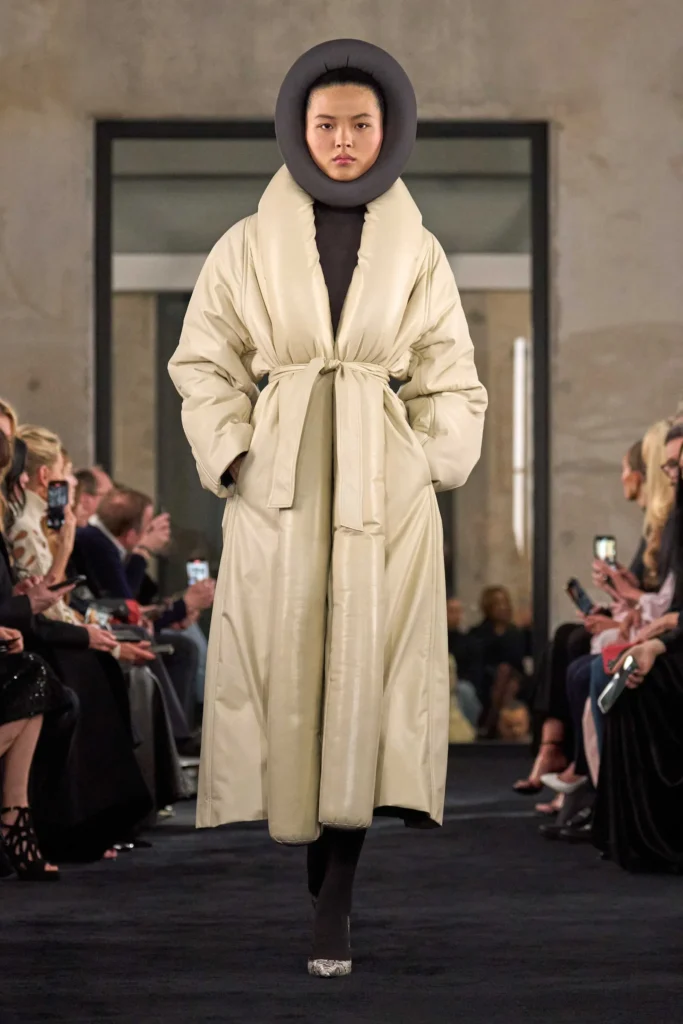
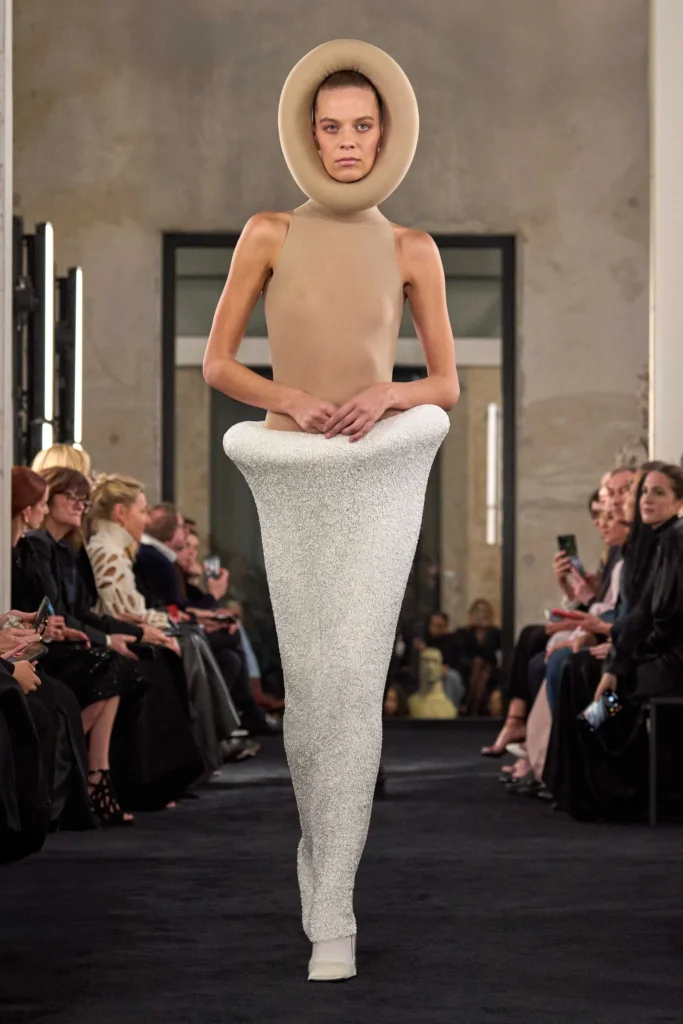
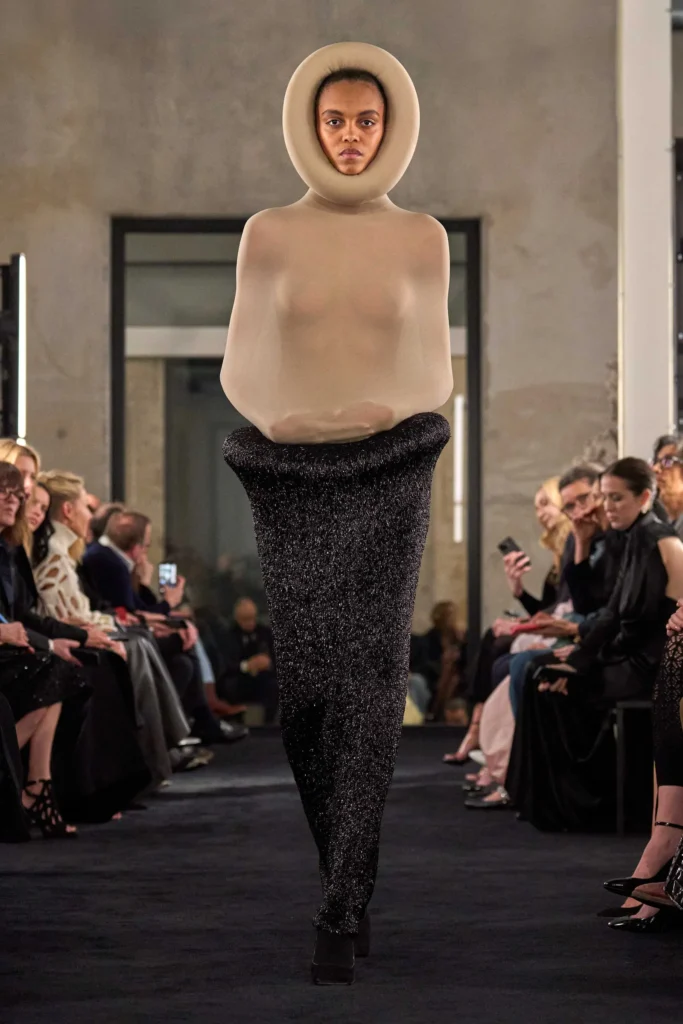
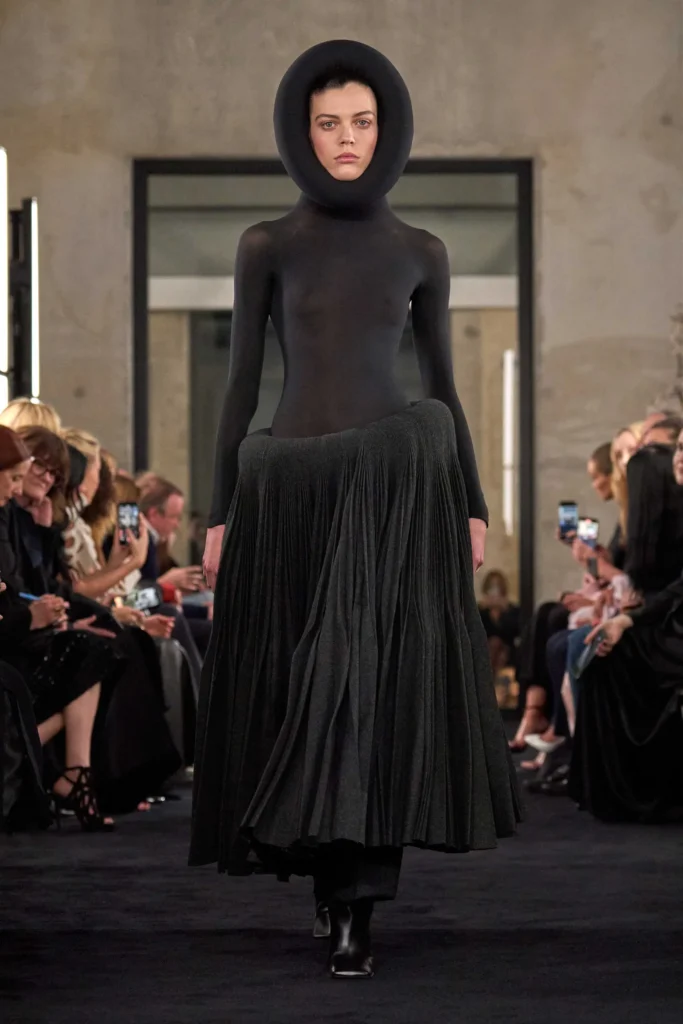
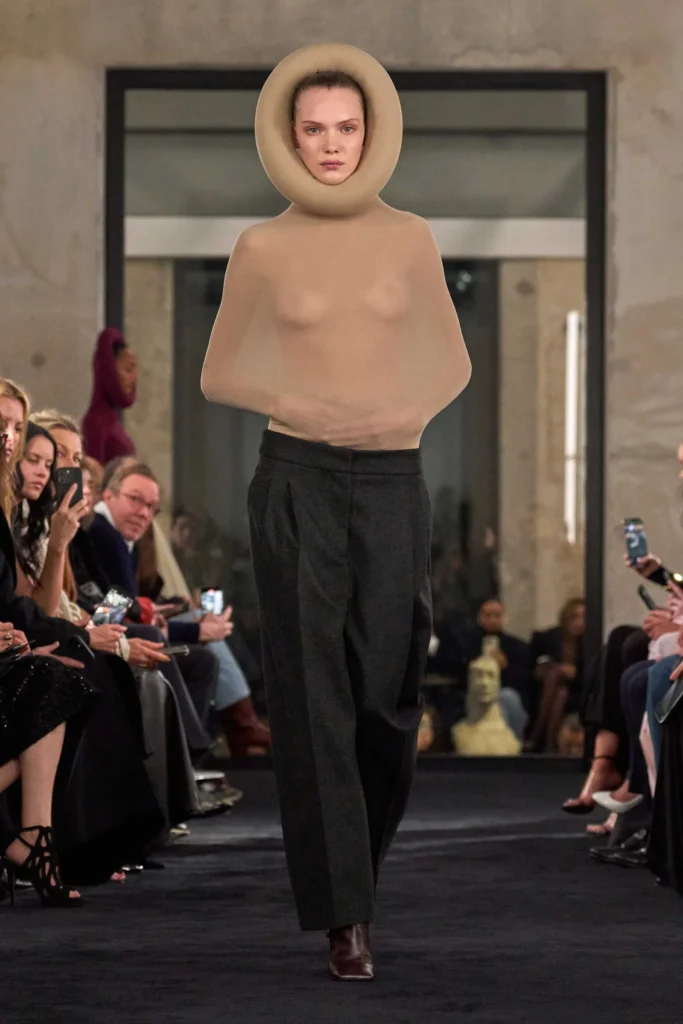
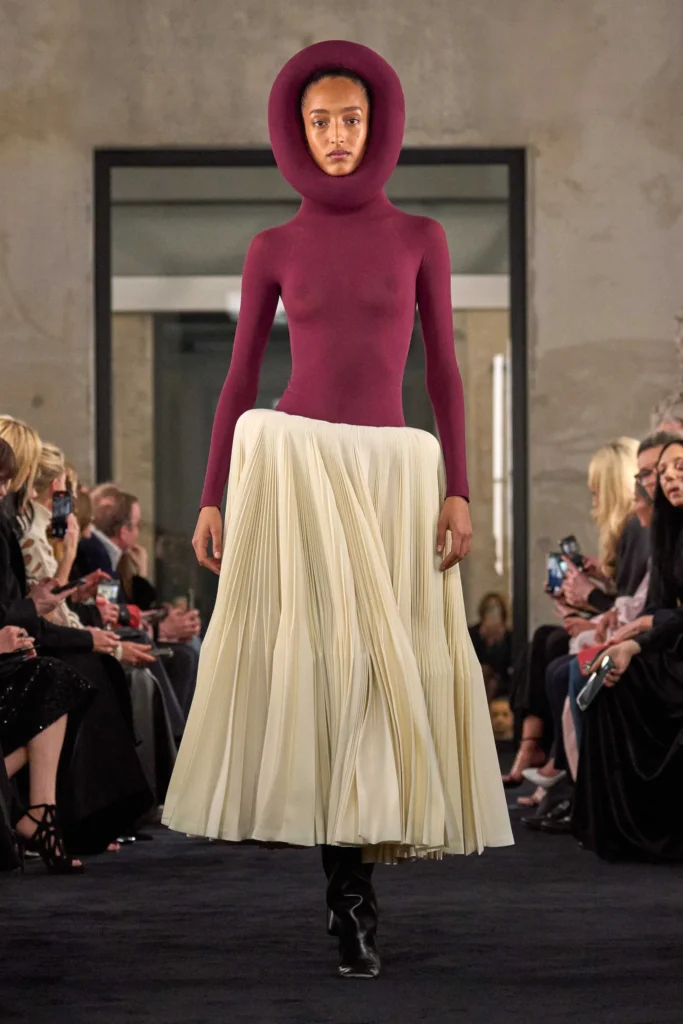
Mulier, fascinated by Manders’ work, drew inspiration from its unfinished, ever-evolving quality, channeling that same sensibility into his designs. The result? Garments that seemed to exist outside of time. The collection’s defining feature was movement, visible in off-kilter pleats, liquid draping, and kinetic silhouettes that transformed each piece into a living sculpture.
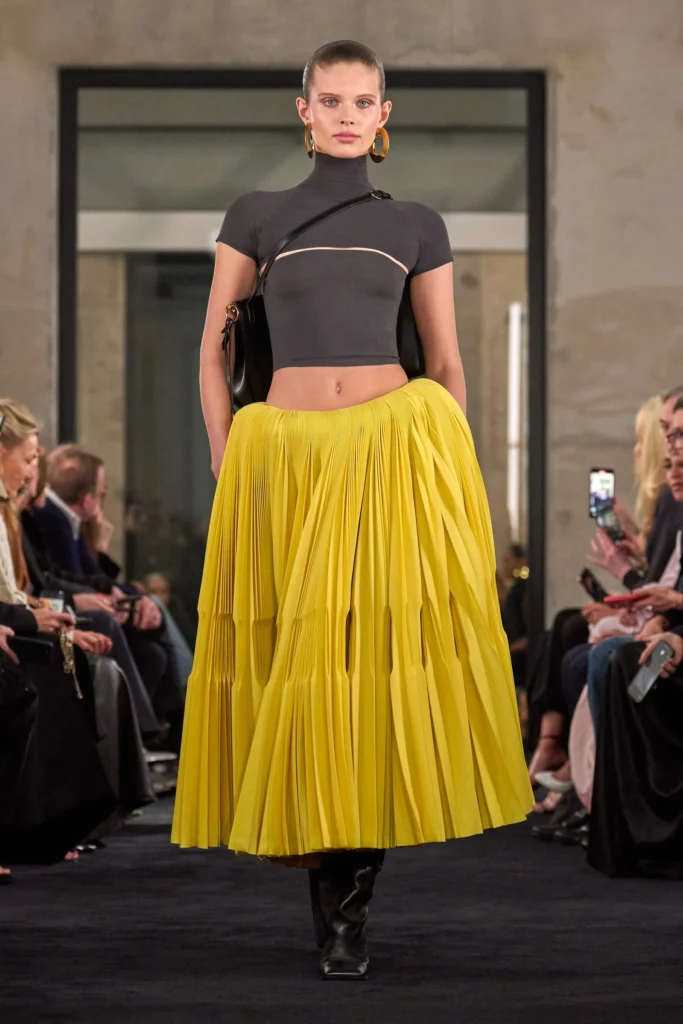
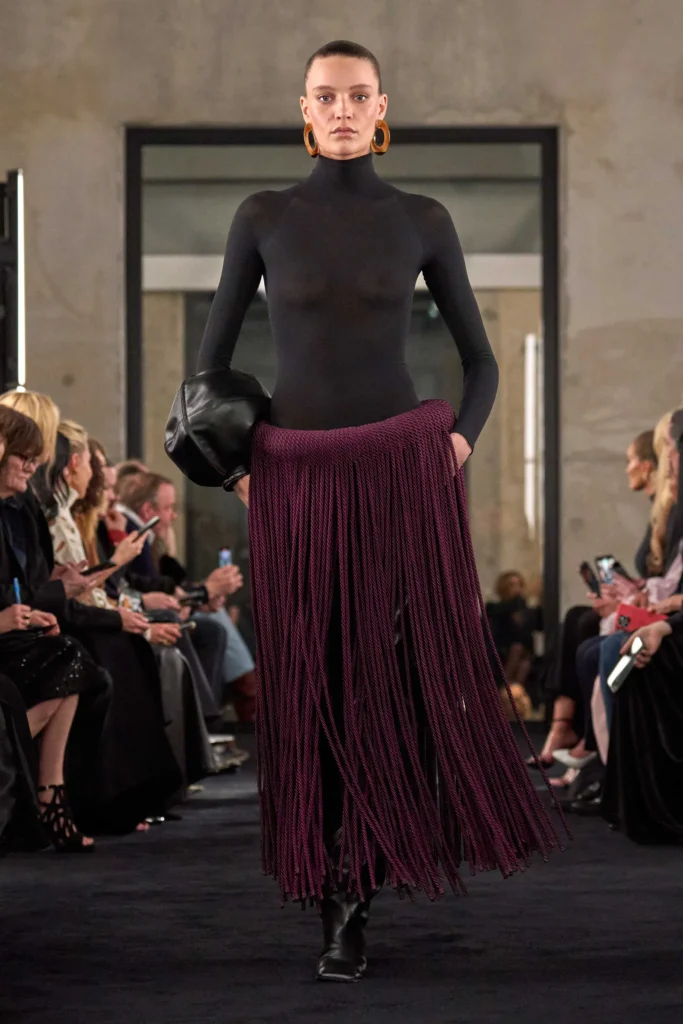
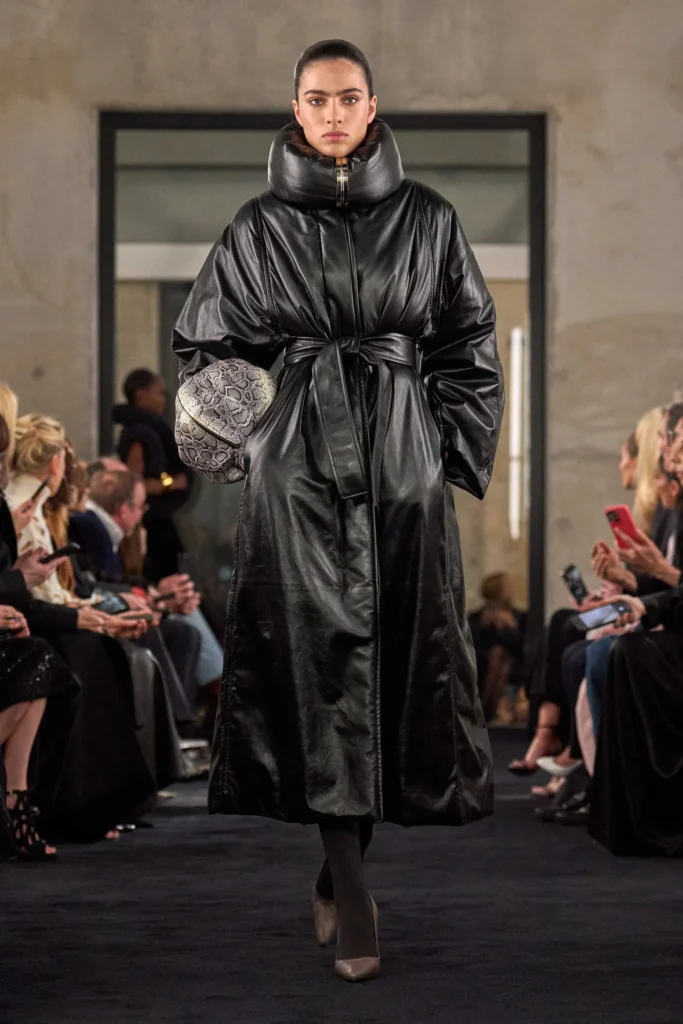
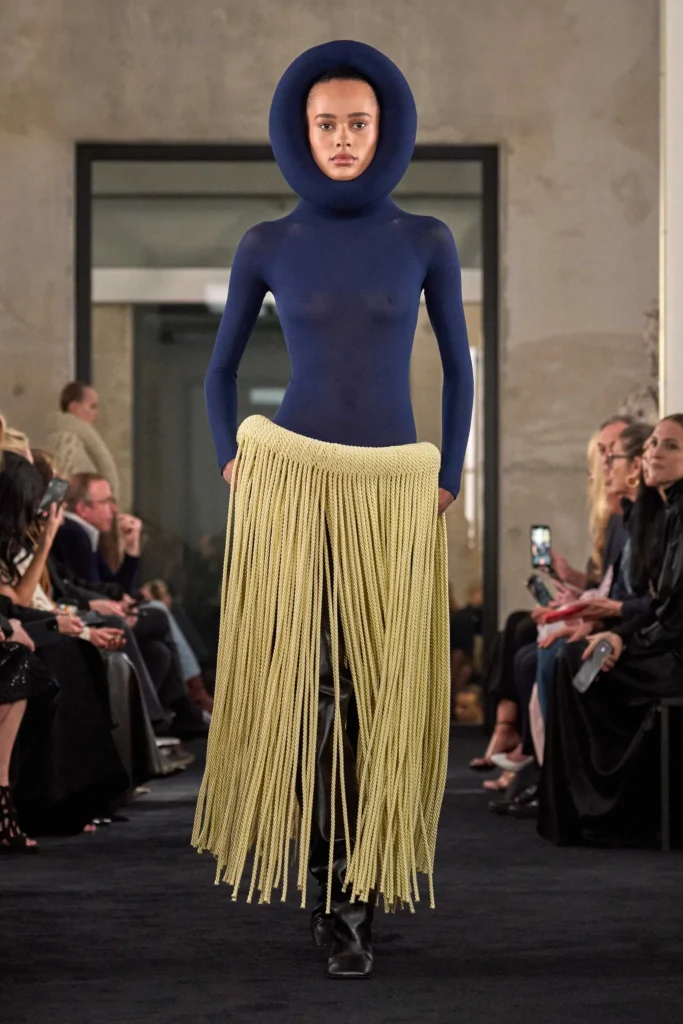
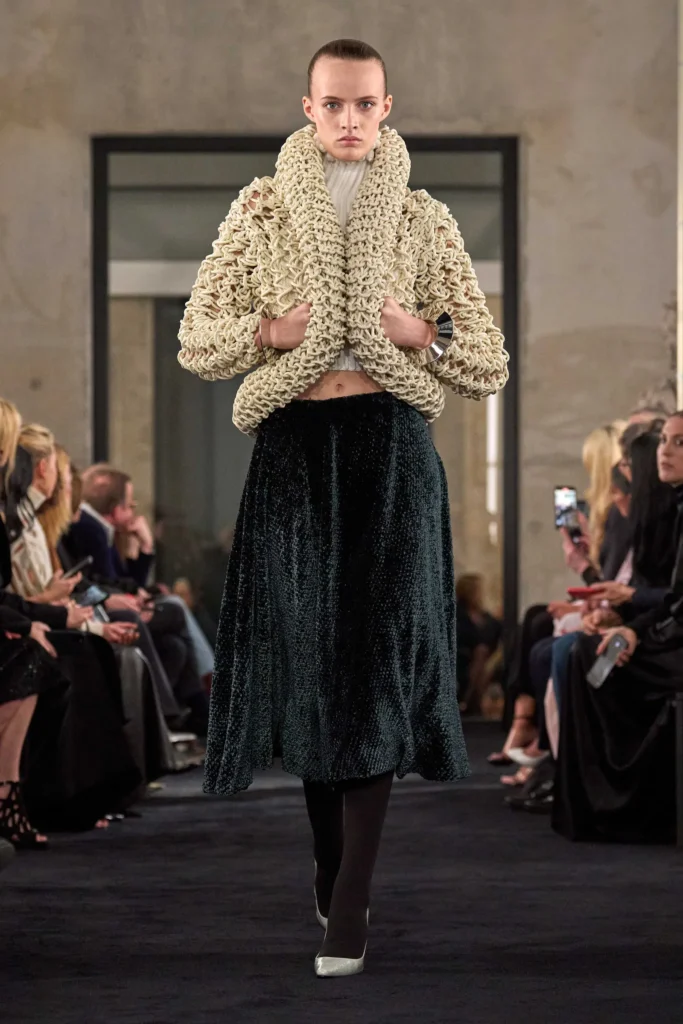
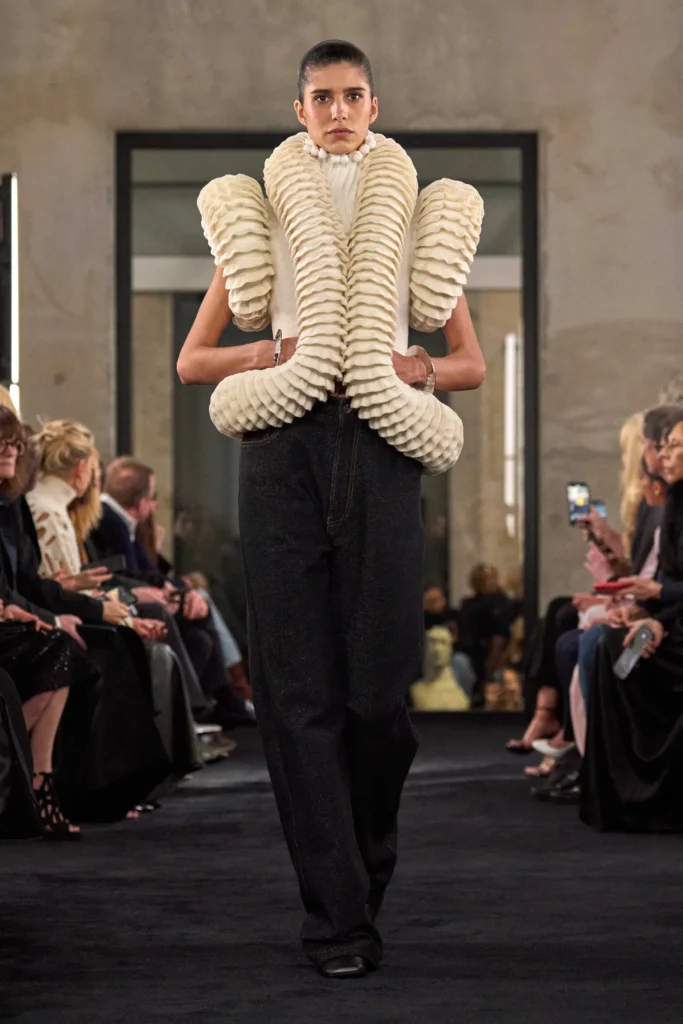
But beyond the artistry, there was an undeniable sense of pragmatism. Signature belted coats, sculptural quilted jackets, and voluminous knitwear balanced bold innovation with everyday desirability. His single-thread constructions, devoid of traditional closures, paid homage to Azzedine Alaïa’s radical approach while cementing Mulier’s own vision for the house.
The show’s most striking elements? Textile donuts—worn as collars, shoulder accents, and hip embellishments—creating hypnotic silhouettes that felt both futuristic and primal. Tubular dresses, infused with metallic threads, hugged the body with Alaïa’s signature second-skin sensuality, while sheer, high-neck tops anchored extravagant skirts in an interplay of structure and fluidity.
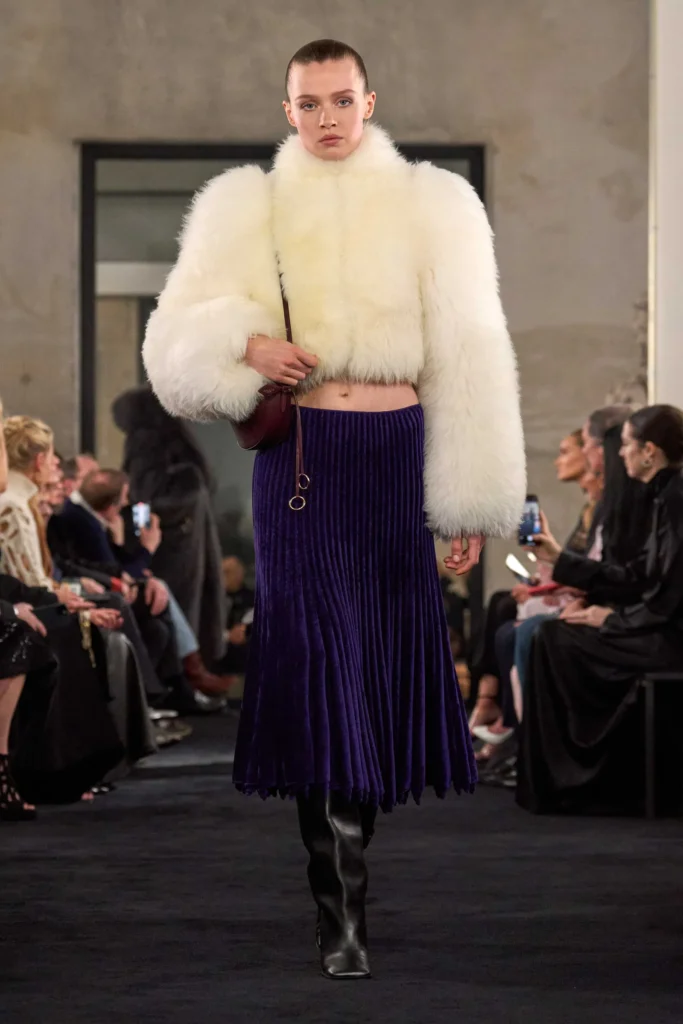
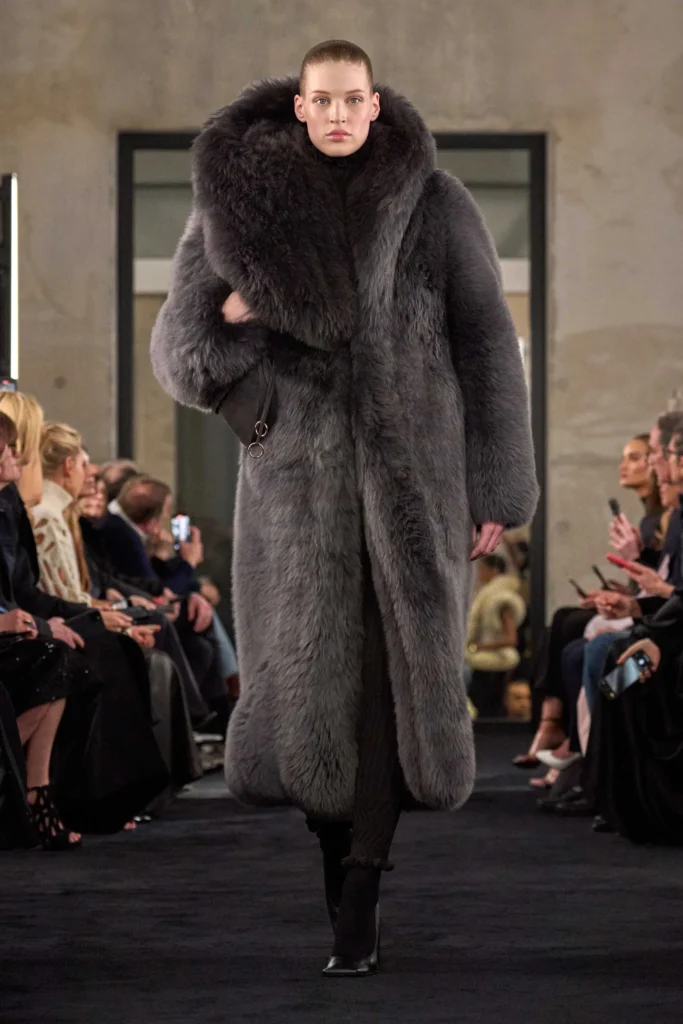
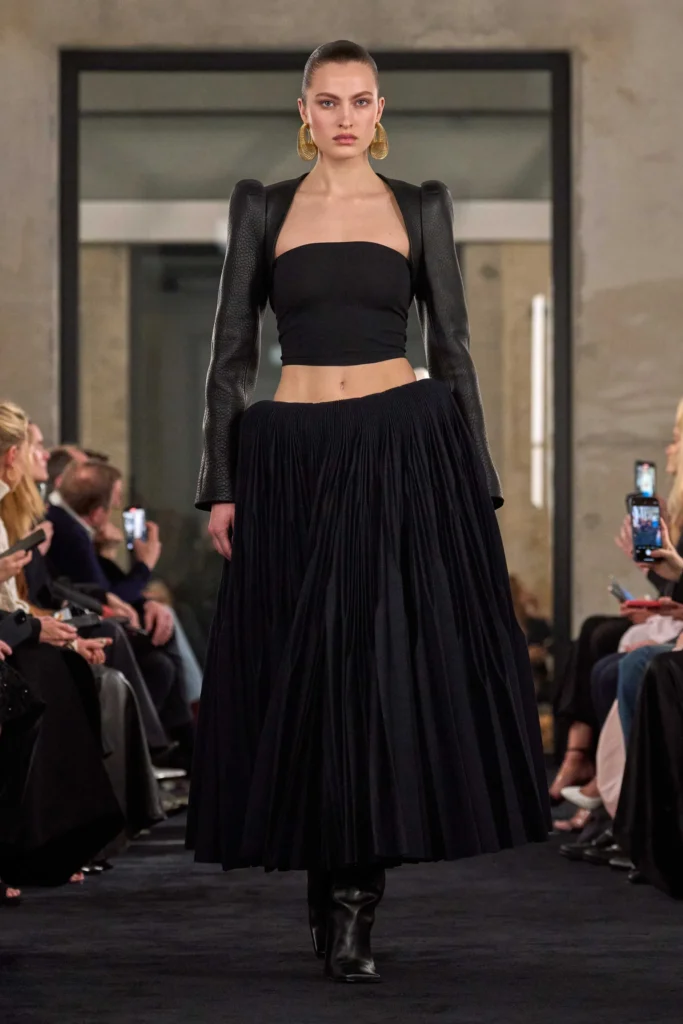
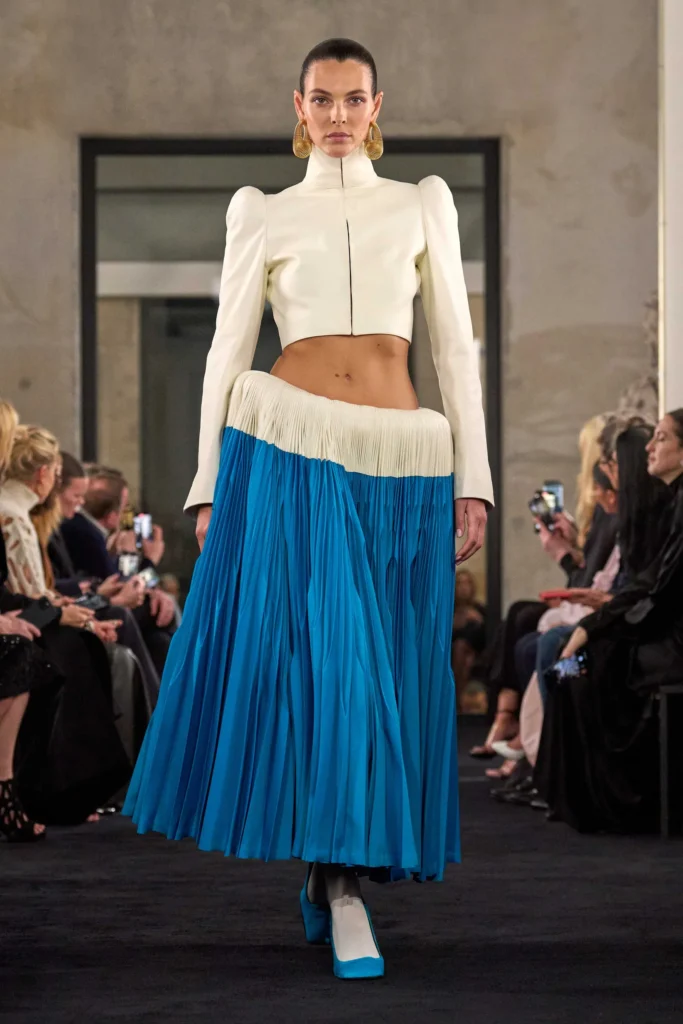
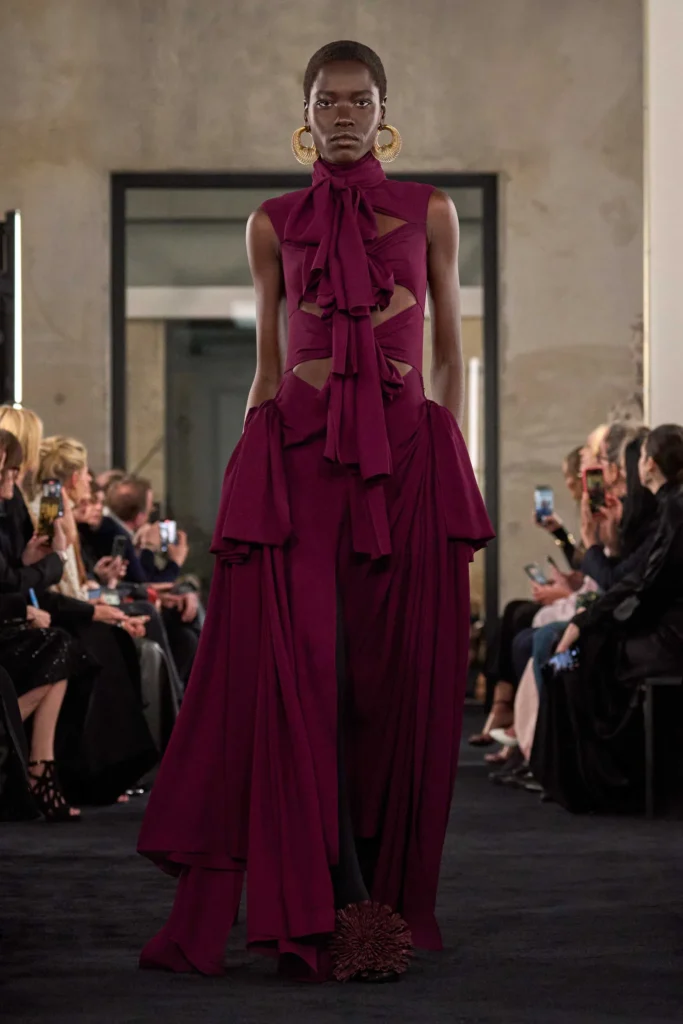
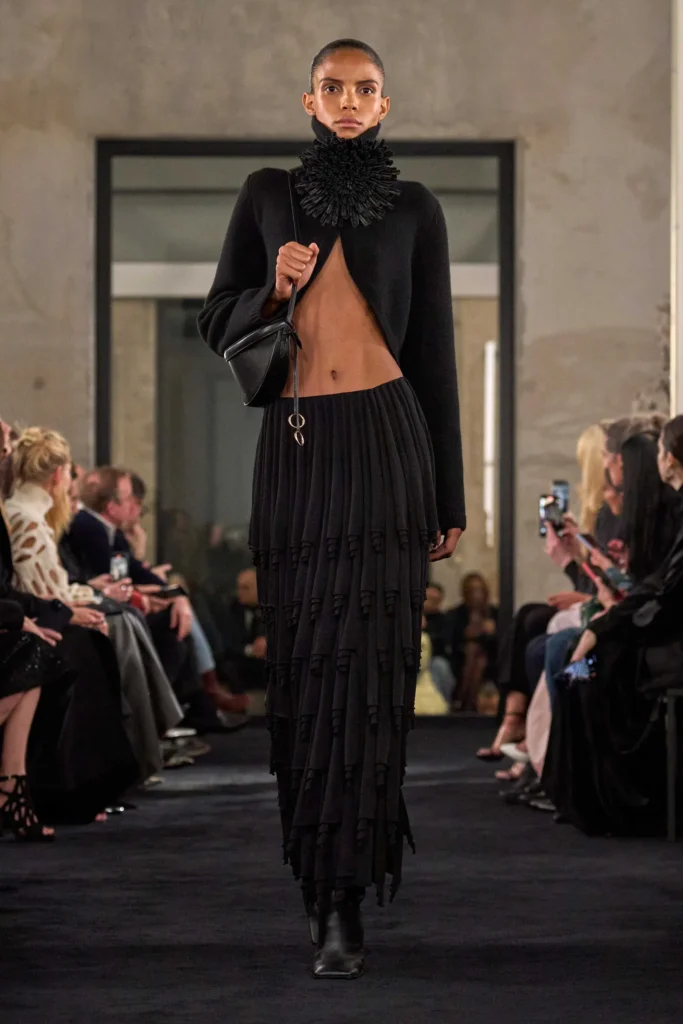
Mulier has not only reignited Alaïa’s creative fire but also redefined modern luxury, elevating the house to new commercial heights. Market sources suggest that his work has significantly boosted Richemont’s revenues, with hits like the Le Teckel bag and mesh ballerinas becoming instant cult favorites.
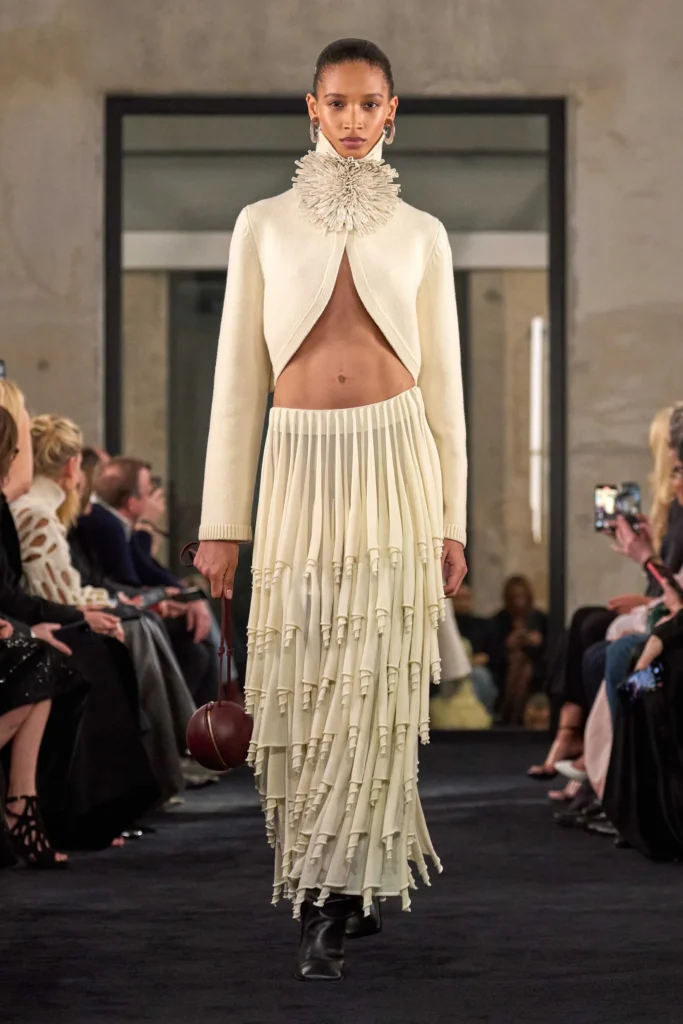
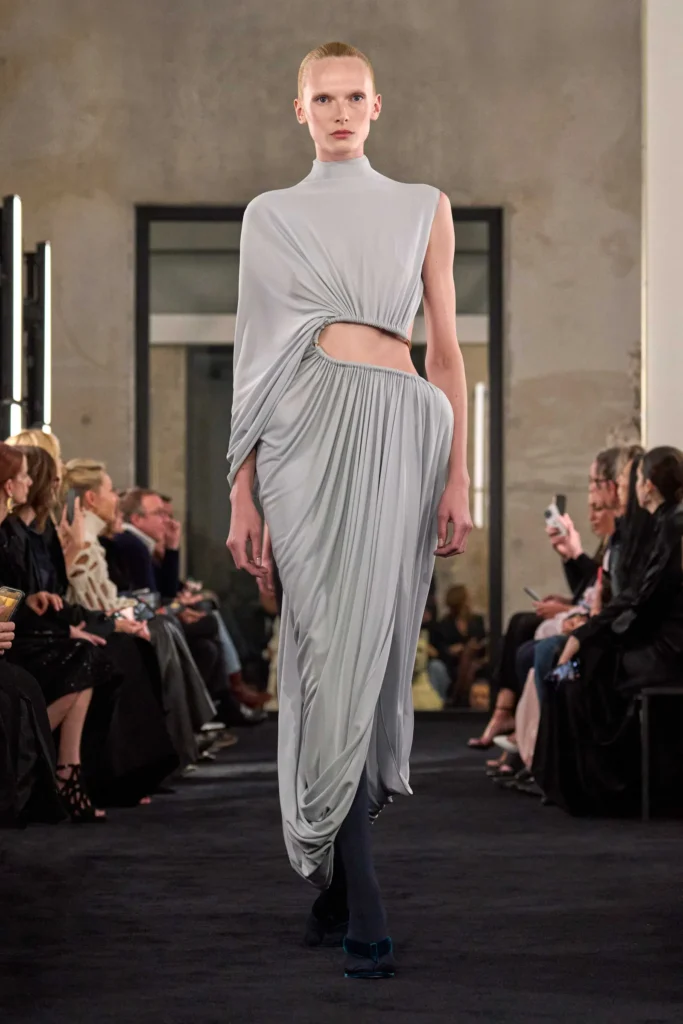
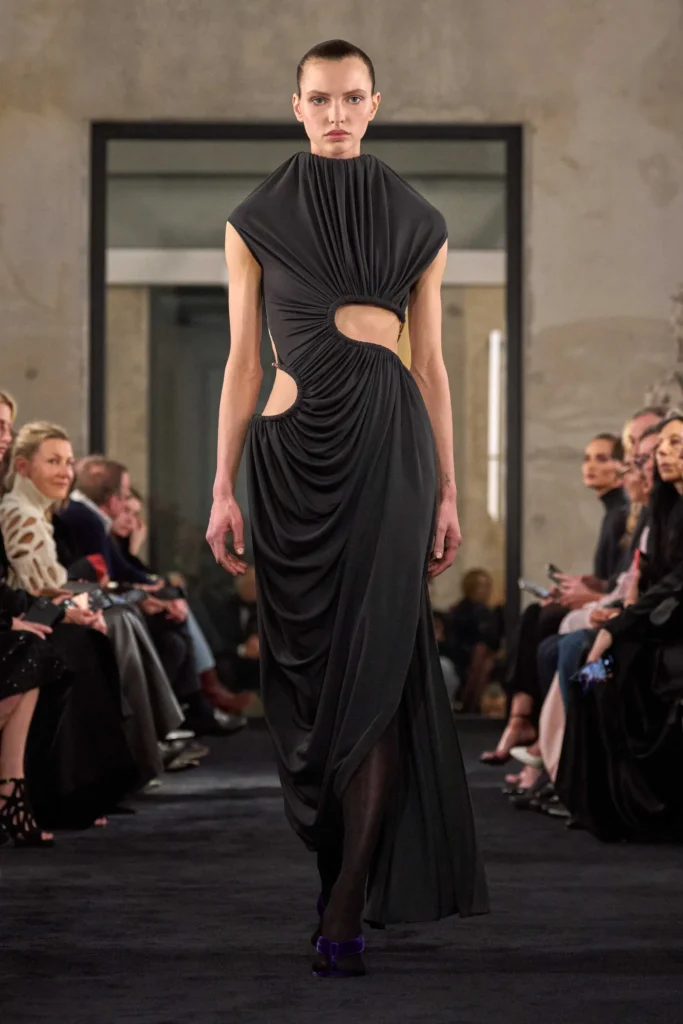
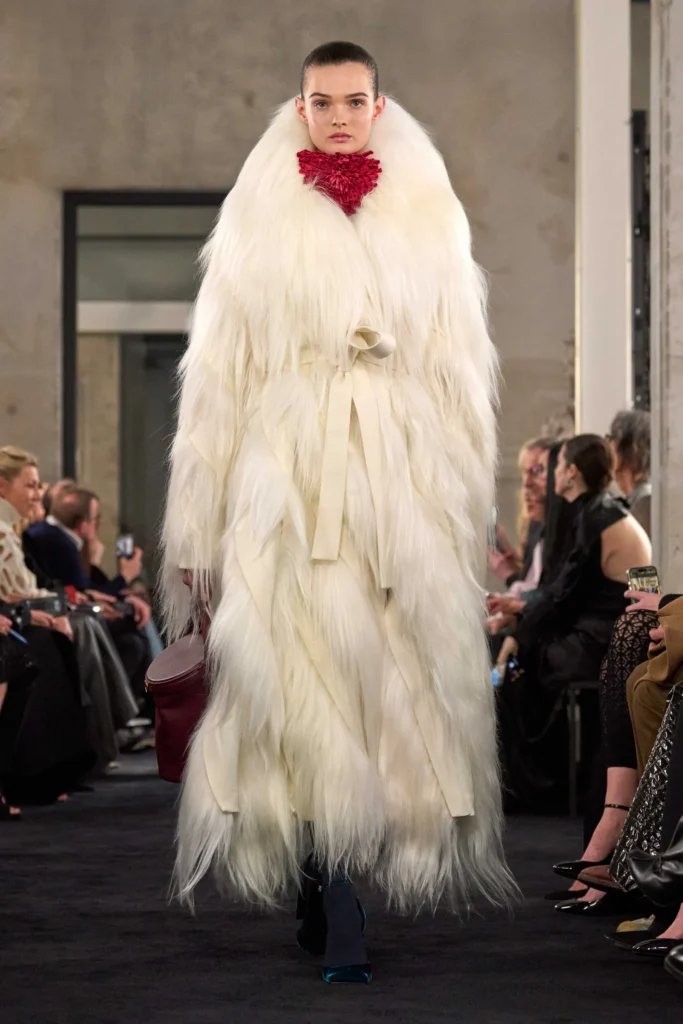
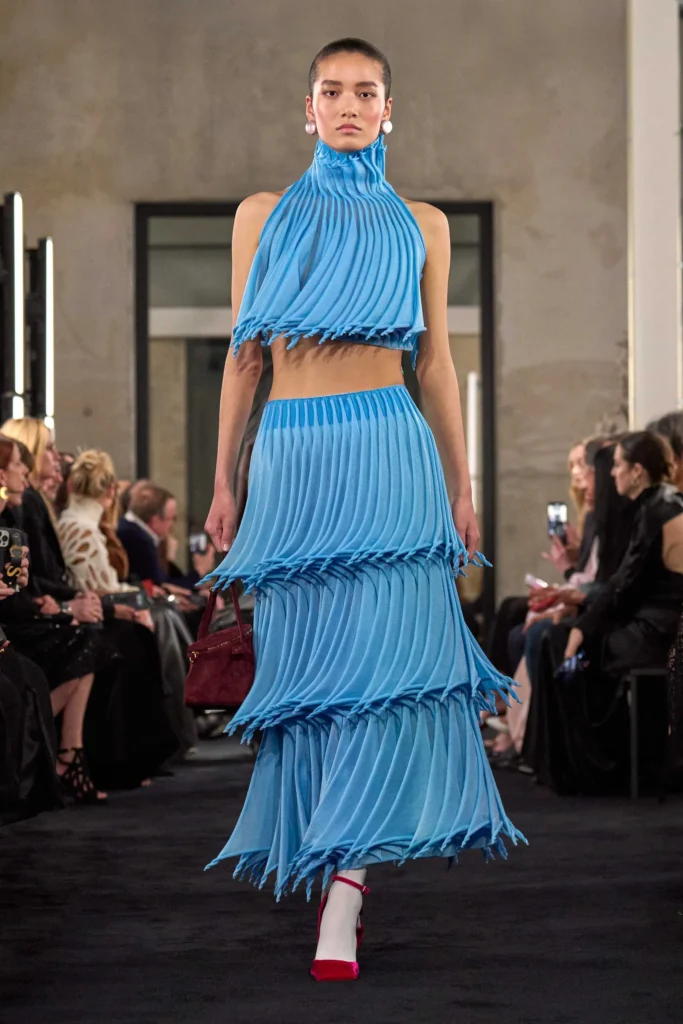
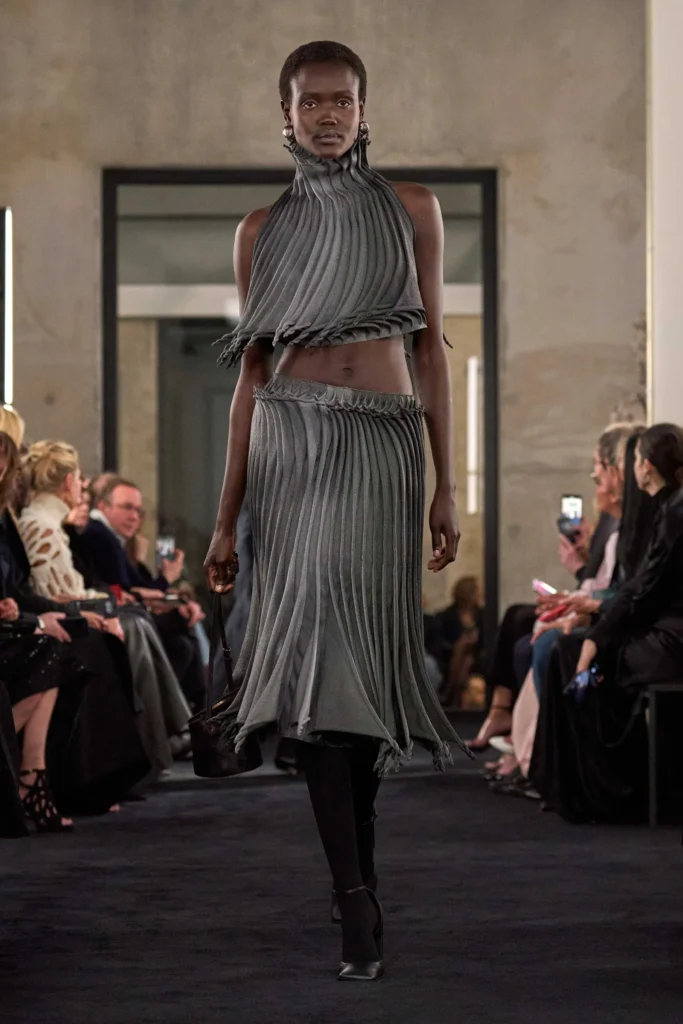
Despite this season marking Alaïa’s official entry into the prêt-à-porter calendar, Mulier stayed true to his nonconformist spirit, keeping the show’s enigmatic “Summer-Fall” timing and presenting a collection that felt more like an art installation than a fashion moment.
References to North African craftsmanship, Elizabethan grandeur, and a dreamlike electronic-Arabic soundtrack wove a narrative that transcended fashion—it was a study of form, culture, and movement. With models gliding down the runway like figures from a classical painting, their presence was commanding, their looks unforgettable.
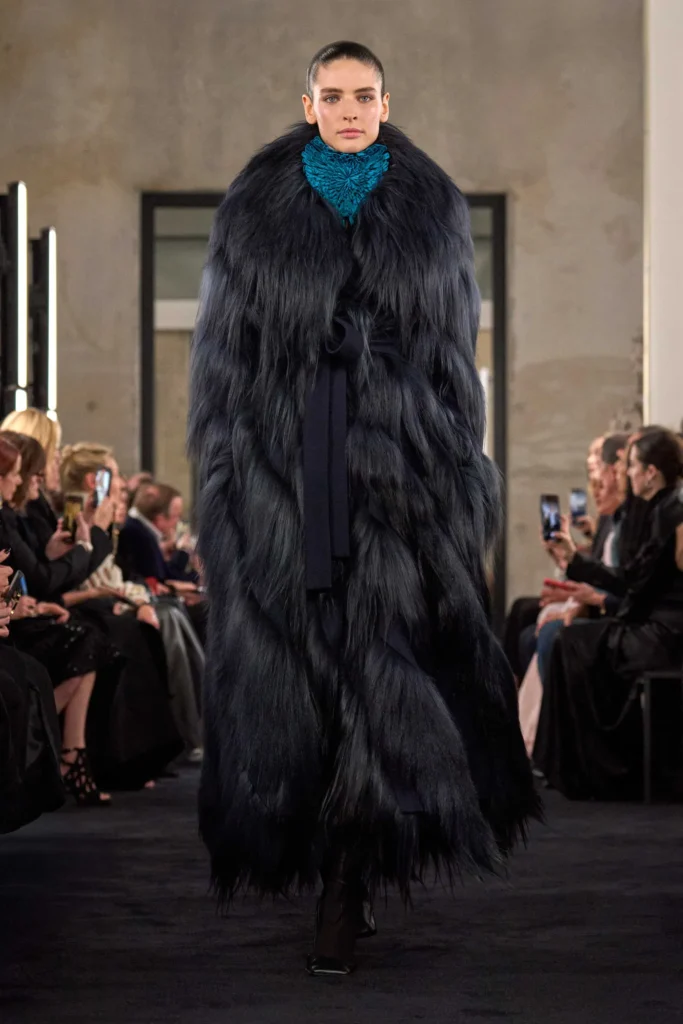
Mulier has officially arrived—not just as Alaïa’s creative force, but as one of the most visionary designers of his generation.

